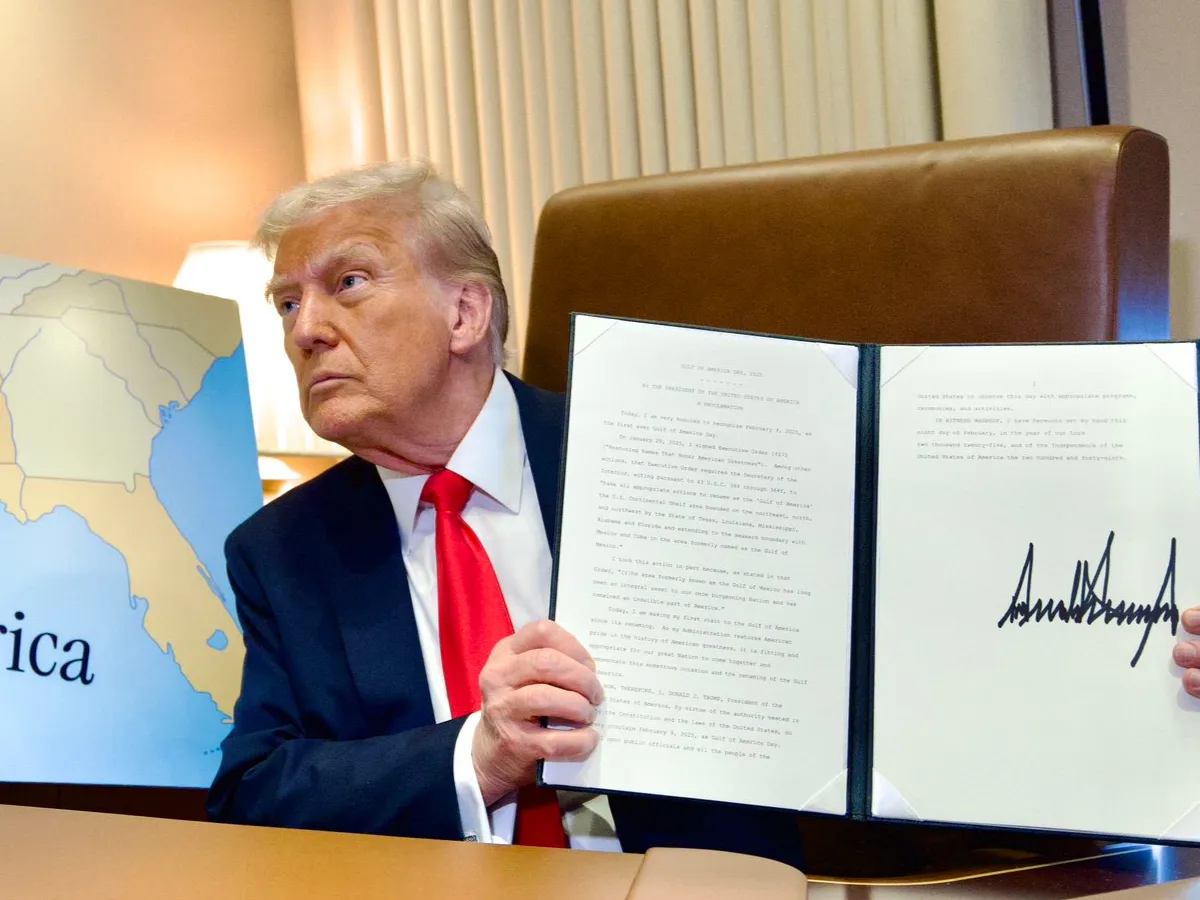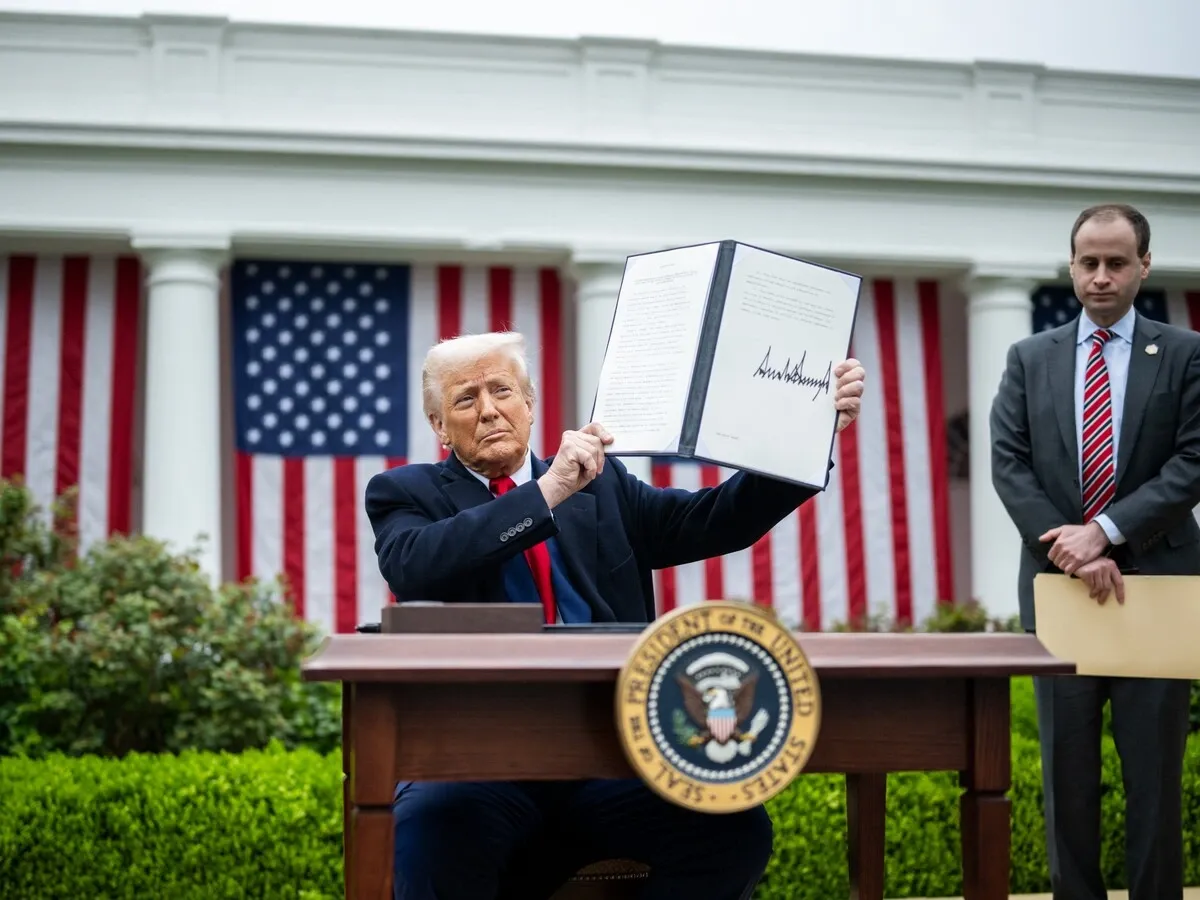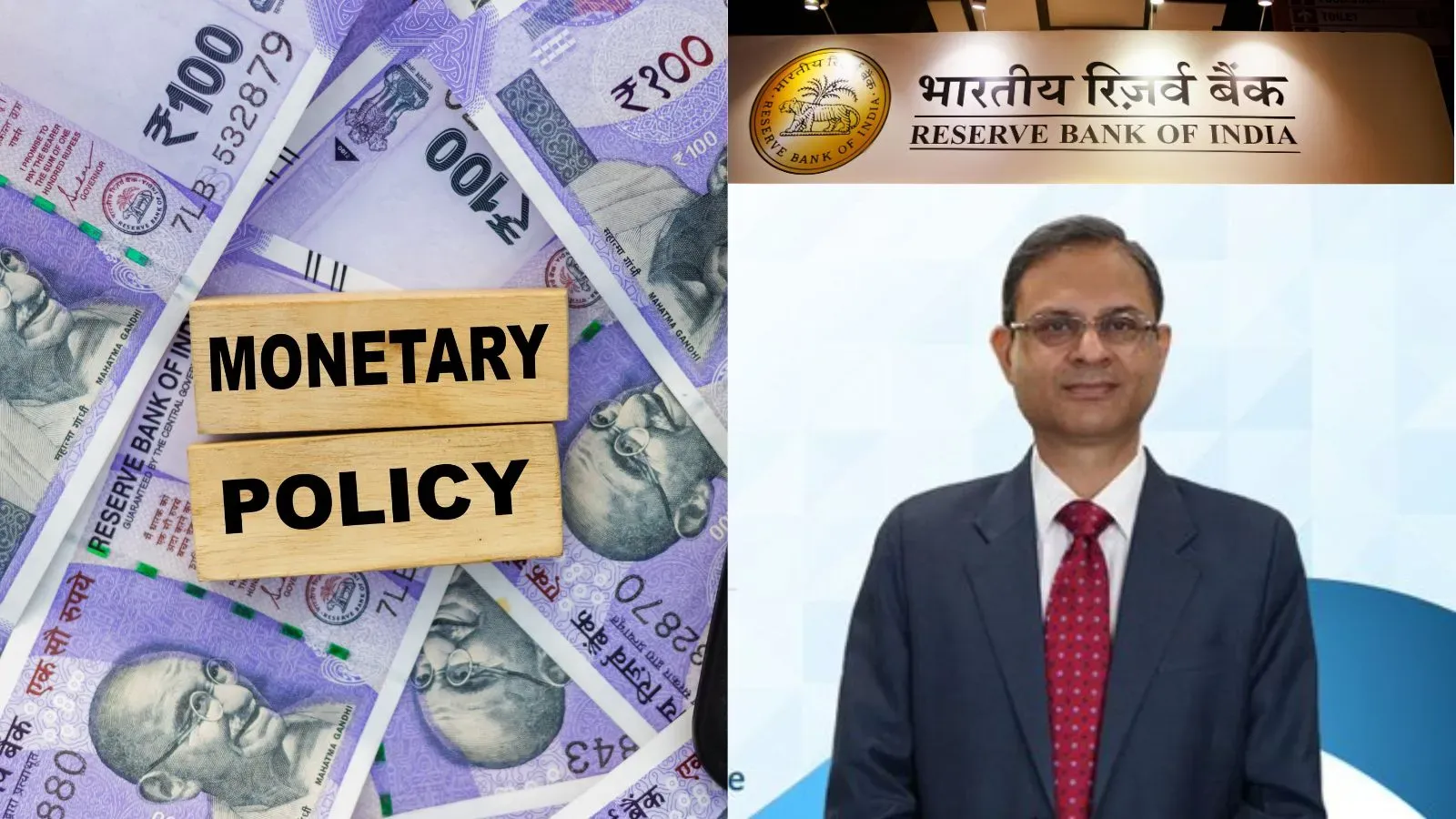Business News
Reciprocal Tariffs: 26% US duty to hit exporters, but India much better placed than other countries, says FIEO
.png)
4 min read | Updated on April 03, 2025, 07:50 IST
SUMMARY
Reciprocal Tariffs: Trump's plan sets a baseline tariff on all imports of at least 10%, consistent with a proposal he made on the campaign last year. The US president announced reciprocal tariffs on all imports from India, calling the move “kind reciprocal".

Calling India’s tariffs “very, very tough", Trump said he was imposing 26% tariffs on all imports from India — half of what India imposes on US products. | Image: Shutterstock
Trump's plan sets a baseline tariff on all imports of at least 10%, consistent with a proposal he made on the campaign last year.
The US president announced reciprocal tariffs on all imports from India, calling the move “kind reciprocal".
Calling India’s tariffs “very, very tough", Trump said he was imposing 26% tariffs on all imports from India — half of what India imposes on US products.
In his address titled 'Make America Wealthy Again' at the White House, Trump recalled Prime Minister Narendra Modi’s recent visit to the US. “He (PM Modi) is a great friend of mine. But I said, ‘You’re a friend of mine, but you're not treating us right.’ They charge us 52%, but we charged them almost nothing for years and decades. And it was only seven years ago when I came in,” he said.
The US president highlighted the high tariffs charged by India on American products as he announced reciprocal tariffs on countries worldwide, declaring a 26% “discounted reciprocal tariff” on India.
Commenting on the US move, India's apex exporters' body, FIEO, stated on Thursday that the 26% tariffs or import duties announced by US President Donald Trump on India will undoubtedly affect domestic players. However, India is much better placed than many other countries, said Ajay Sahai, Director General and CEO of the Federation of Indian Export Organisations (FIEO).
Sahai expressed hope that the proposed bilateral trade agreement (BTA), currently being negotiated between the two countries, would be concluded at the earliest, as it would provide relief from these reciprocal tariffs.
“We have to assess the impact, but looking at the reciprocal tariffs imposed on other countries, we are in a lower band. We are much better placed compared to our key competitors, such as Vietnam, China, Indonesia, Myanmar, etc. We will be affected by the tariffs, but we are much better placed than many others,” Sahai told PTI.
As he made the announcement, he held up a chart that showed the tariffs that countries like India, China, the UK, and the European Union charge, along with the reciprocal tariffs these countries will now have to pay.
The chart indicated that India imposed 56% tariffs, “including currency manipulation and trade barriers”, and that America would now charge India a “discounted reciprocal tariff” of 26%.
From 2021-22 to 2023-24, the US was India’s largest trading partner. The US accounts for about 18% of India’s total goods exports, 6.22% in imports, and 10.73% in bilateral trade.
With America, India has a trade surplus (the difference between imports and exports) of $35.32 billion in goods in 2023-24. This was $27.7 billion in 2022-23, $32.85 billion in 2021-22, $22.73 billion in 2020-21, and $17.26 billion in 2019-20.
In 2024, India’s main exports to the US included drug formulations and biologicals ($8.1 billion), telecom instruments ($6.5 billion), precious and semi-precious stones ($5.3 billion), petroleum products ($4.1 billion), gold and other precious metal jewellery ($3.2 billion), ready-made garments of cotton, including accessories ($2.8 billion), and products of iron and steel ($2.7 billion).
Imports included crude oil ($4.5 billion), petroleum products ($3.6 billion), coal and coke ($3.4 billion), cut and polished diamonds ($2.6 billion), electric machinery ($1.4 billion), aircraft, spacecraft and parts ($1.3 billion), and gold ($1.3 billion).
The US president also announced that some goods would not be subject to the reciprocal tariff. This includes copper, pharmaceuticals, semiconductors, and lumber articles.
The White House statement read, "Some goods will not be subject to the Reciprocal Tariff. These include (1) articles subject to 50 USC 1702(b); (2) steel/aluminium articles and autos/auto parts already subject to Section 232 tariffs; (3) copper, pharmaceuticals, semiconductors, and lumber articles; (4) all articles that may become subject to future Section 232 tariffs; (5) bullion; and (6) energy and other certain minerals that are not available in the United States."
The White House said the US would start charging the 10% tariffs on 5 April, with the higher duties for certain nations starting on 9 April.
Related News
By signing up you agree to Upstox’s Terms & Conditions
About The Author
Next Story


